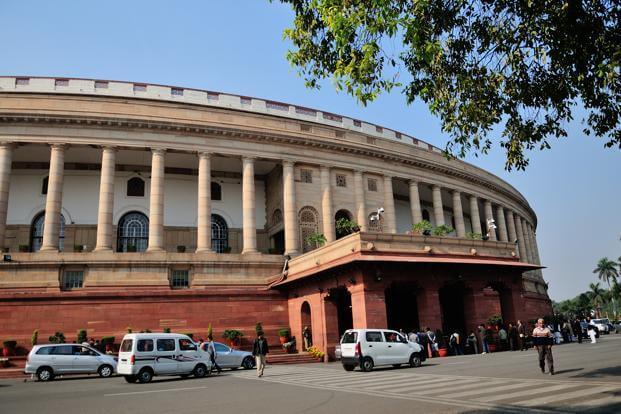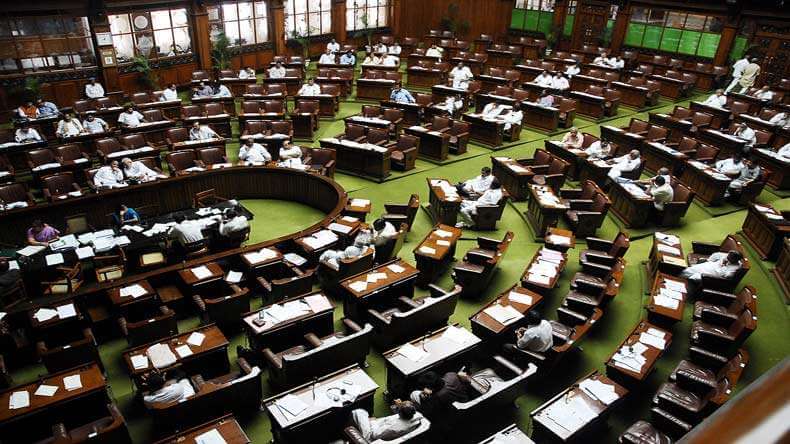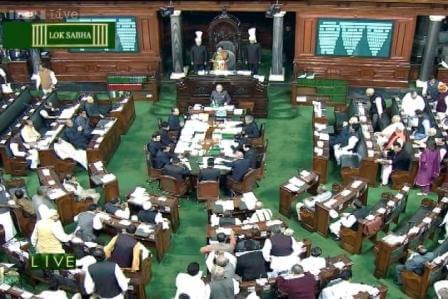 What do you mean by the Parliamentary Committee? What are the types of committees in the Parliament of India?
What do you mean by the Parliamentary Committee? What are the types of committees in the Parliament of India?
You all are familiar with Parliament as a major organ of the state dealing with lawmaking. Parliament is also the authority to check the Executive (government). Every Executive is answerable to the Parliament. Our discussion and analysis on Parliament will be incomplete if we don’t touch the Parliamentary Committees.
Parliamentary Committees are committees, with MPs as members, for specialized work on behalf of the entire Parliament.
Why Parliamentary Committees?
The work done by the Parliament in modern times is considerable in volume and varied in nature.
The time at its disposal is limited (Remember that our Parliament normally meets only for 3 sessions, that too only for around 100 days each year!). It cannot, therefore, give close consideration to the details of all the legislative and other matters that come up before it.
Hence Parliamentary Committees are necessary for a detailed study on specific matters.
How Parliament transacts its business with Parliamentary Committees?

- When a Bill comes up before a House for general discussion, it is open to that House to refer it to a Select Committee of the House or a Joint Committee of the two Houses.
- A motion has to be moved and adopted to this effect in the House in which the Bill comes up for consideration.
- In case the motion adopted is for reference of the Bill to a Joint Committee, the decision is conveyed to the other House requesting them to nominate members of the other House to serve on the Committee.
- The Select or Joint Committee considers the Bill clause by clause just as the two Houses do. Amendments can be moved to various clauses by members of the Committee.
- The Committee can also take evidence of associations, public bodies or experts who are interested in the Bill.
- After the Bill has thus been considered the Committee submits its report to the House.
- Members who do not agree with the majority report may append their minutes of dissent to the report.
- Business Advisory Committee.
- Committee on Petitions.
- Committee of Privileges.
- Rules Committee.
Standing Committees in Loksabha (Select)
- Absence of Members from the sitting of the House
- Business Advisory Committee
- Committee on Welfare of Other Backward Classes
- Empowerment of Women
- General Purposes Committee
- Government Assurances
- House Committee
- Library Committee
- Papers Laid on the Table
- Petitions
- Private Members Bills and Resolutions
- Privileges
- Rules Committee
- Subordinate Legislation
- The welfare of Scheduled Castes and Scheduled Tribes
Standing Committees in Rajysabha (Select)
1. Committees to enquire—
(a) Committee on Petitions;
(b) Committee of Privileges; and
(c) Ethics Committee.
2. Committees to scrutinise and control—
(a) Committee on Government Assurances;
(b) Committee on Subordinate Legislation; and
(c) Committee on Papers Laid on the Table.
3. Committees relating to the day-to-day business of the House—
(a) Business Advisory Committee; and
(b) Rules Committee.
4. House Keeping Committees—
(a) House Committee;
(b) General Purposes Committee; and
(c) Committee on Provision of Computers to Members of Rajya Sabha.
PS: The 12th committee in Rajya Sabha is Committee on Members of Parliament Local Area Development Scheme.
Functions of Department Related Standing Committees
The newly constituted departmentally related Standing Committee System is a path-breaking endeavour of the Parliamentary surveillance over administration. With the emphasis of their functioning to concentrate on long-term plans, policies and the philosophies guiding the working of the Executive, these Committees will be in a very privileged position to provide necessary direction, guidance and inputs for broad policy formulations and in the achievement of the long-term national perspective by the Executive. With reference to the Ministries/Departments under their purview, the functions of these committees are:
- Consideration of Demands for Grants.
- Examination of Bills referred to by the Chairman, Rajya Sabha or the Speaker, Lok Sabha as the case may be.
- Consideration of Annual Reports.
- Consideration of national basic long term policy documents presented to the House and referred to the Committee by the Chairman, Rajya Sabha or the Speaker, Lok Sabha, as the case may be.
NB: These Committees do not consider matters of the day-to-day administration of the concerned Ministries/Departments.
.jpeg)
.jpeg)


 Summoning is the process of calling all members of the Parliament to meet. It is the duty of Indian President to summon each House of the Parliament from time to time.
Summoning is the process of calling all members of the Parliament to meet. It is the duty of Indian President to summon each House of the Parliament from time to time.